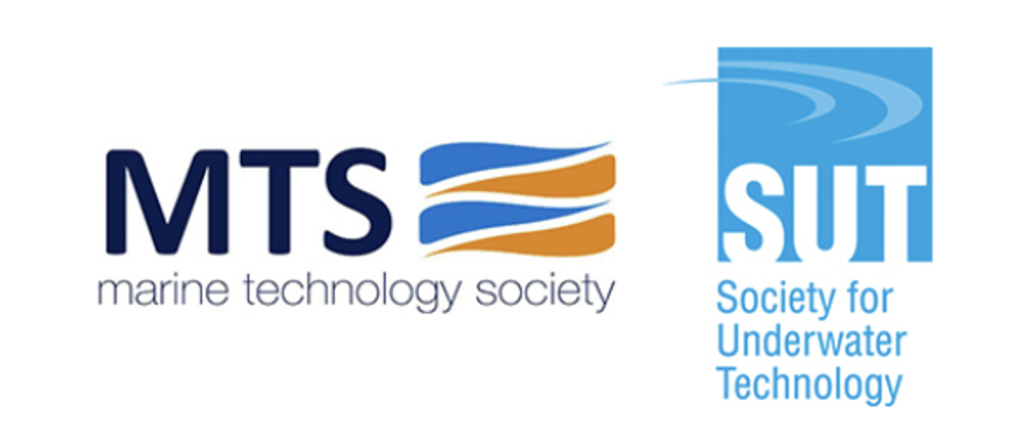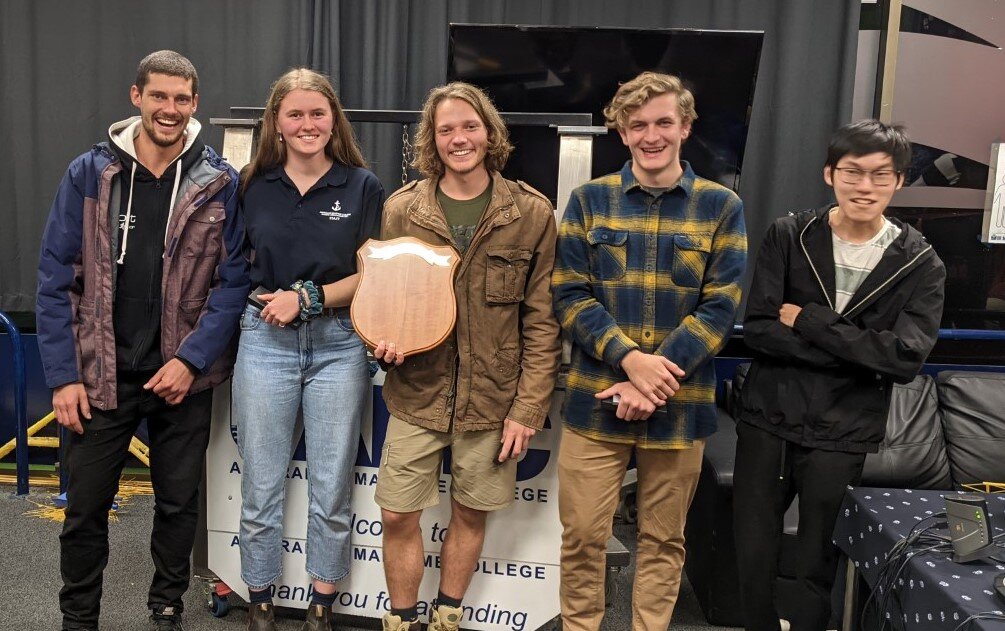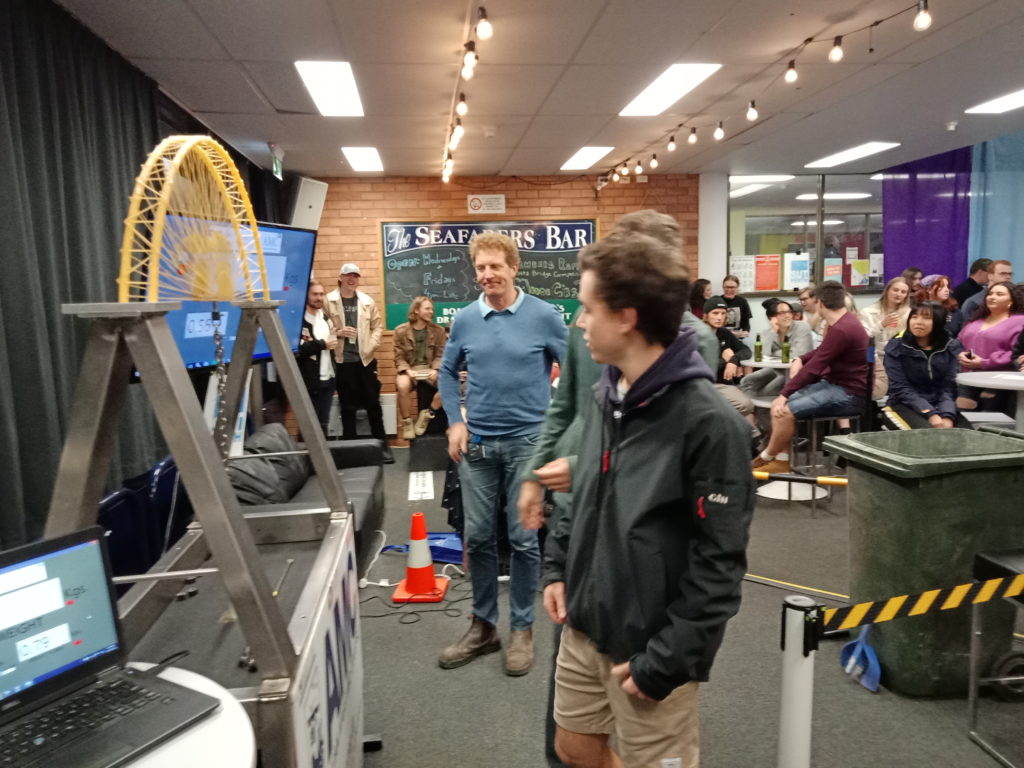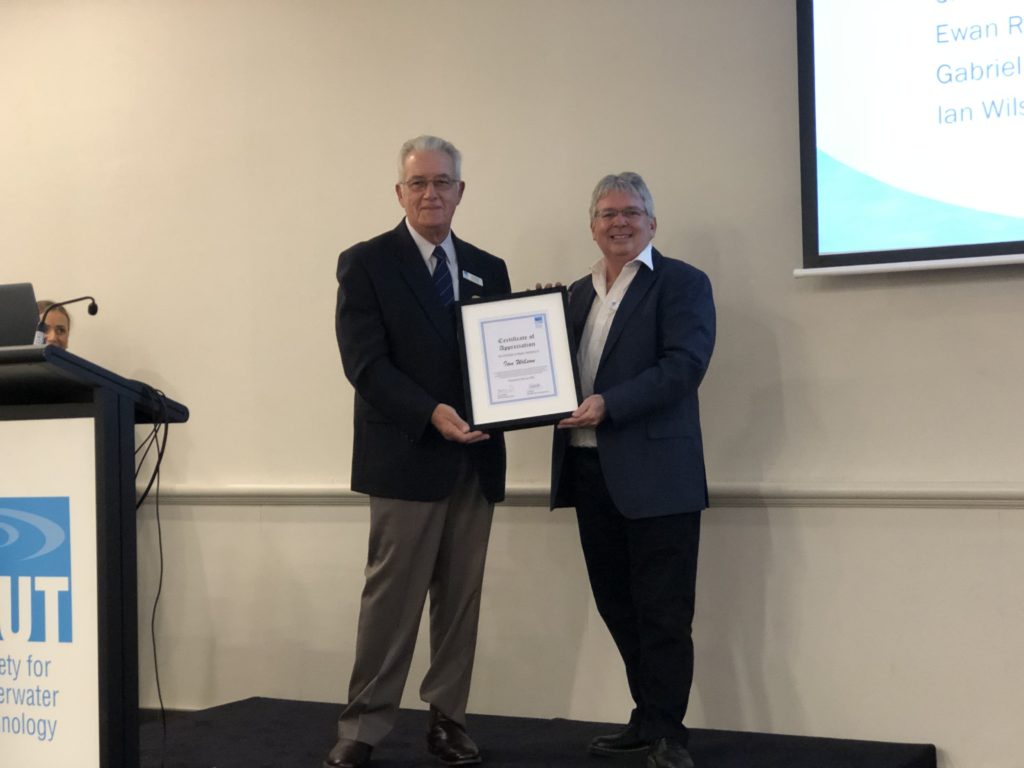
LONDON, UK and WASHINGTON, DC — Beginning this month, the Society for Underwater Technology (SUT) and the Marine Technology Society (MTS) will launch three professional certification programmes for marine technologists and technicians. These programmes serve as a passport for job mobility and create new opportunities for MTS and SUT members.
The Institute of Marine Engineering, Science and Technology (IMarEST) has licensed SUT and MTS to offer their members the opportunity to apply for registration as Chartered Marine Technologist (CMarTech), Registered Marine Technologist (RMarTech), and Marine Technician (MarTech). IMarEST has a Royal Charter in the United Kingdom and can add suitably qualified and experienced applicants to these registers.
“Becoming professionally registered recognises experience and competence beyond academicqualifications and shows a commitment to integrity and a responsibility for the wider public in your work. Because ongoing reflection is central to maintaining your place on the register, the process builds a more self-aware and sophisticated workforce. Gaining Technician, Registered, or Chartered status is a universally recognised mark of expertise which places the individual within a respected circle of professionals and helps strengthen their influence. Those at this level work to high ethical standards and it gives both peers and the wider community trust and confidence in their work,”
explained Gwynne Lewis, Chief Executive, Institute of Marine Engineering, Science & Technology (IMarEST).
“The CMarTech, RMarTech, and MarTech professional registers will advance the marine technology workforce which will benefit the sustainability of our ocean and the blue economy for many years to come,” said Zdenka Willis, President of MTS. “We thank SUT and the IMarEST for their partnership in these programs, and we look forward to recognizing our members who complete them.”
MTS Past President Rick Spinrad added,
“The CMarTech, RMarTech, and MarTech professional registers are globally respected and provide substantial value to our industry. In achieving the registration, our members will advance the trajectory of their careers and positively impact ocean technology. The synergy of the IMarEST, MTS, and SUT along with the success of the pilot program brought us to this day, and we encourage members in all marine science positions to apply.”
SUT President, Judith Patten, said,
“I wholeheartedly echo Zdenka’s and Rick’s views. This is a crucial step in the SUT’s history. As a learned society, furthering the education of scientists and technologists to maintain high standards in marine science and technology is one of the published aims of the SUT. Launching this initiative enforces our society’s commitment to helping our technologist and technician members fulfil their potential. Not only do we welcome the first tranche of programmes but, on behalf of our scientific members, we look forward to the addition of CMarSci and RMarSci registers later in the year. Working with the IMarEST and MTS like this not only helps individual members, but also ensures we fulfil another of our aims – to maintain high standards in marine science and technology.
“Equally, we are proud of what our Perth Branch has achieved working with Engineers Australia and look forward to news of Australian members successfully achieving their Chartered accreditation.”
SUT and Engineers Australia have completed the work required to make Chartered accreditation in the area of practice of subsea engineering possible at three levels: Chartered Professional Engineer, CPEng, Chartered Engineering Technologist, and CEngT, Chartered Engineering Associate, CEngA.
Application now open
Apply now through the SUT and MTS websites. Detailed information, a FAQ sheet, and applications for CMarTech, RMarTech, and MarTech are available online at www.sut.org and www.mtsociety.org.
SUT and MTS plan to launch two additional certifications, Chartered Marine Scientist (CMarSci) and Registered Marine Scientist (RMarSci), licensed by the IMarEST, in October 2021.
SUT Contact:
Cheryl Burgess, [email protected]
MTS Contact:
Kathleen Herndon, [email protected]
About the certification scheme
CMarTech, RMarTech, and MarTech are professionals who harness, exploit, manage, use, or apply marine technology in the pursuit of wealth creation and/or the provision of services in the marine sector. They are characterized by their ability to deal with complex issues, both systematically and creatively and can make sound judgments in the absence of complete data to develop solutions to problems and communicate their conclusions clearly to specialist and non-specialist audiences.
The Marine Technologist Certifications are open to everyone who can demonstrate the required high-level knowledge, understanding, and professional competence. There are many routes that can be measured to meet this standard, including a combination of academic awards, vocational qualifications, and experiential learning through work. Competence includes the knowledge, understanding, and skills that underpin performance.
Typically, Chartered Marine Technologists will be professionals from disciplines such as: Fleet Managers, Hydrographers, Marine Superintendents (Deck), Meteorologists, Pilots, ROV Pilots and Developers, AUV Technicians, Marine Logisticians, Deck Officers and Ratings, Marine Surveyors, Shipping Professionals, Harbourmasters, University faculty, Navigators, Radar/Sonar Maintenance Experts, Warfare Officers and Ratings and Naval Officers and Ratings, Instrumentation and Platform Designers and Developers, & Offshore Oil, Gas & Renewables Practitioners.
About the MTS
The Marine Technology Society (MTS) promotes awareness, understanding, and the advancement and application of marine technology. Incorporated in 1963, the international society brings together businesses, institutions, professionals, academics, and students who are ocean engineers, technologists, policy makers, and educators. The Society publishes a peer-reviewed journal — The Marine Technology Society Journal. It has three technical divisions and 31 Professional Committees (technical interest groups). The society hosts several conferences yearly, and it supports 13 Sections, which focus on events and programs unique to their geographic areas, enhancing networking among local colleagues, businesses, universities and government/military offices. www.mtsociety.org
About the SUT
The Society for Underwater Technology (SUT) is a multidisciplinary learned society that brings together organisations and individuals with a common interest in underwater technology, ocean science and offshore engineering. SUT was founded in 1966 and has members from more than 40 countries, & branches in 10, including engineers, scientists, other professionals, and students working in these areas. In recent decades many of our members have come from the offshore hydrocarbon sector, today we also see growing numbers of members from offshore renewables, marine autonomous systems, and the policy, law and insurance sectors who support offshore activities of many kinds through SUT Special Interest Groups, training and events. www.sut.org
About accreditation in Australia
SUT (Perth Branch), in consultation with industry, has developed a Subsea Engineering Competency Framework, see www.sut.org/branch/australia-perth/subsea-engineering/
Engineers Australia (equivalent to the Engineering Council in UK) has acknowledged this body of work and created Subsea Engineering as an Area of Practice. Assessment of competency in the Subsea Engineering area of practice is conducted by EA with SUT accredited assessors providing technical input.
Assessment for Chartered Professional Engineer (Subsea Engineering), Chartered Engineering Technologist (Subsea) and Chartered Engineering Associate (Subsea) are currently available.




